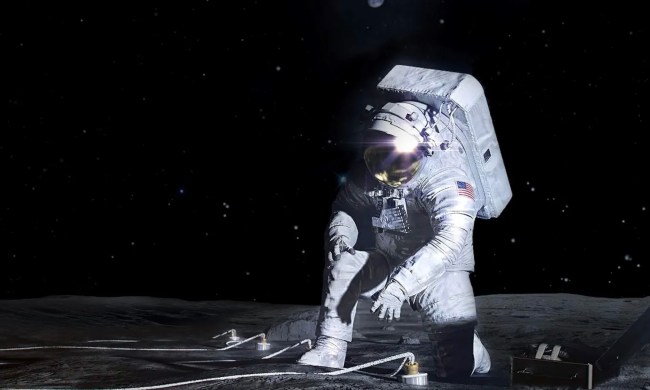Following its successful launch and deployment last week, NASA lost its communications link with the CAPSTONE (Cislunar Autonomous Positioning System Technology Operations and Navigation Experiment) satellite, which is heading toward a lunar orbit.
However, Colorado-based Advanced Space, which built CAPSTONE, said on Wednesday that its team and mission partners had managed to pinpoint the cause of the anomaly and had now reestablished contact with the satellite.
“The signal confirmed the location of the spacecraft,” Advanced Space said on Wednesday. It added that “initial indications suggest the spacecraft systems are functioning properly” and that it is “happy and healthy.”
The company explained that, after confirming the system’s return to operational capacity, “the team has generated updated navigation solutions and a new state estimate and future prediction has been delivered. This provides the needed information for the team to design an updated trajectory correction maneuver which is currently being reviewed with a planned execution on the satellite [Thursday] morning.”
It said the team has “high confidence” that the issue has been resolved though cautioned that it is still a “very dynamic situation.” Updates on the situation will be coming soon, the company confirmed.
The CAPSTONE satellite was launched by New Zealand spaceflight company Rocket Lab on June 28. CAPSTONE is a key part of NASA’s preparations for a new era of moon exploration. The satellite will test the proposed lunar orbit for the Gateway, a multipurpose space station that will offer support for long-term crewed missions on the surface of the moon.
The first crewed mission to the moon in five decades could take place as soon as 2025. When it does happen, it will put the first woman and first person of color on the lunar surface. In the years to come, NASA wants to build bases on the moon where astronauts can live and work for extended periods, with the Gateway functioning as a link between those bases and Earth. Now that CAPSTONE is back in touch with its mission controllers, it shouldn’t be long before it enters the targeted lunar orbit, giving NASA vital information that will help it plan the Gateway’s deployment.


